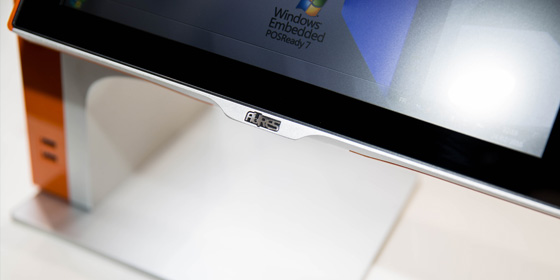Give the customer what they want, the old retail adage goes. No one disputes the wisdom of the advice. There’s just the small matter of knowing what it is customers want in the first place…
Now that the scale and pace of retail operations doesn’t lend itself to the old model of the canny shopkeeper who remembered every customer by name (and made it their business to learn as much about every new customer as quickly as possible), the focus on personalising retail experiences lies squarely on data. Ecommerce has led the way in this regard, with the advantage that digital shopping journeys leave trails of customer data like breadcrumbs for retailers to follow.
Physical retailers have had to wait patiently for similar data-capturing opportunities to emerge in on-premise retail tech so they can catch up on personalisation. But consumers are not so patient. Conditioned by their online experiences, 71% of shoppers now expect personalisation whatever channel they are using, and 76% grow frustrated when they don’t get it.
Retailers, too, understand the prizes that highly differentiated, personally tailored service will bring to them. According to a survey of retailers carried out by Toshiba, 51% see personalisation in store as an important route to increasing customer loyalty, while 46% believe it will boost conversion rates.
On top of that, just under half (46%) say that revenue growth is the number one reason to engage with technologies that can personalise customer experiences. With that goal in mind, more than half have already adopted, or plan to adopt in the next six months, a list of tech solutions that includes customer analytics platforms, modern self-checkout systems and other forms of interactive kiosks and displays, and integrated loyalty and promotions platforms linking online and offline channels.
But there is a new wave of technologies emerging that promise to take the possibilities for in-store personalisation to an even higher level. Here are five to look out for.
Smart clienteling tools for store associates
Clienteling software and apps are designed specifically to help retail staff deliver a more personalised experience. They do this by presenting staff with useful customer data – profiles, purchase history, preferences, wish lists, loyalty status – as well as real-time inventory for making recommendations. Modern clienteling platforms sync with digital channels to give in-store staff access to that goldmine of customer data available online.
AI-powered recommendation systems
Another feature you’ll see more and more of in modern clienteling apps is AI-powered recommendation engines. They analyse all the customer data available on your system, as well as picking up on in-the-moment cues like sentiment analysis, dwell time at the shelf or fitting-room activity, and use it all to make hyperpersonalised recommendations for upsells, cross-sells, product bundles and alternatives. And with the creative possibilities of Generative AI, they can also be used to run virtual demos or generate unique customer-focused content in the moment, such as lookbooks.
AI virtual assistants
AI tools aren’t limited to clienteling apps in terms of where they can be deployed in store. They can also be run independently to serve as virtual assistants, increasing the help options available to customers. From kiosks to interactive digital screens to voice assistants embedded in shelves, retailers are starting to appreciate the possibilities of using AI as a first-contact service option, answering simple questions (stock availability, price comparisons, finding items etc) without customers having to find a member of staff. This leads to a more seamless shopping experience and ensures customers get the help they need even at the busiest times.
Scanning technology
We mentioned above how in-store AI tools are evolving to gather and interpret data on customer behaviour in real time as they shop. Their ability to do that depends on a range of scanning and observation technologies that are reaching maturity. The obvious example is CCTV, which, with the advent of computer vision AI, is no longer purely about security, but provides a rich source of behavioural data. Other examples include RFID and beacon technology. In the fashion industry, RFID tags on products are now being used to track which items customers are trying on in fitting rooms, with that data used to make sizing and styling suggestions. Bluetooth beacons, meanwhile, can track a shopper’s movements around a store using the Bluetooth signal on their phone, and deliver proximity-based offers and suggestions when customers reach certain sections.
Unified commerce platforms
Unified commerce platforms connect in-store POS, e-commerce, mobile apps, marketplace and social storefronts into a single operational hub for payment, inventory and fulfilment. And, crucially, they also give you a single view of your customers, across all touchpoints. This provides consistency as well as personalization across the shopping journey. If a customer has, say, browsed an item online as part of a special promotion, they might be disappointed to see the same item costs more when they decide to go into a store to buy it. With that information fed into their clienteling tools, store assistants can offer the item at the discounted price. It similarly helps to remember payment and fulfilment preferences across all channels, as well as funnel the necessary data through systems to make those sought-after personalised recommendations.




